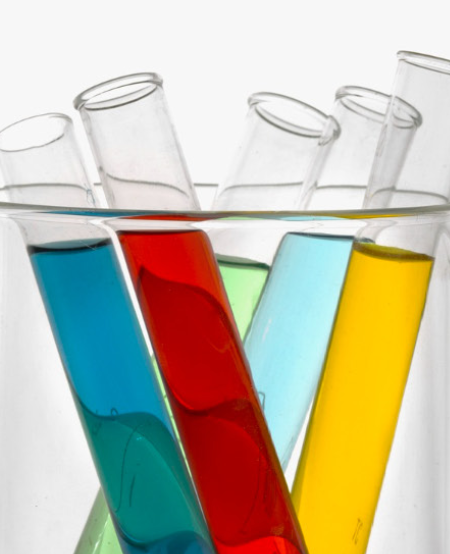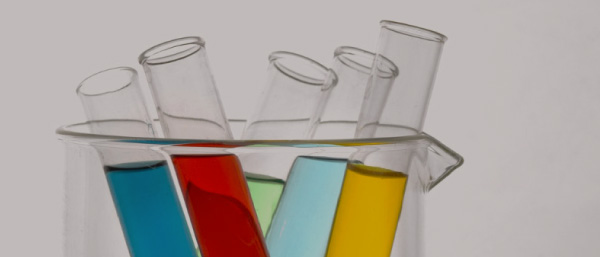Classification
Examples of categories by type of raw material:
1. Organic Materials
Aldehydes are organic compounds that have a strong impact on fragrances, giving them fresh, floral or citrus notes.
- Essential oils: Oils of vegetable or animal origin used in the manufacture of perfumes, cosmetics, pharmaceutical products or food.
- Natural extracts and essences: Concentrated liquids obtained from plants or fruits, used in foods, beverages, cosmetics, etc.
- Biodegradable polymers: Plastic materials and polymers that decompose naturally, used in ecological and sustainable products.

2. Chemical Materials
- Acids and bases: Hydrochloric acid, sulfuric acid, sodium hydroxide, etc., used in the chemical industry and the manufacture of cleaning products, among others.
- Solvents: Acetone, toluene, ethanol, among others, which are used as solvents in industrial processes, cleaning, or dissolving other substances.
- Aromatic compounds: Materials used to create fragrances in cosmetics, foods, and personal hygiene products.
3. Metals and Minerals
- Industrial metals: Iron, copper, aluminum, zinc, and other metals used in the manufacture of metal products or for the creation of alloys.
- Non-metallic minerals: Gypsum, quartz, feldspar, talc, among others, which are used in the construction, ceramics, electronics, etc. industries.

4. Plastics and Polymers
- Thermoplastic polymers: Polyethylene, PVC, polypropylene, etc., used in the production of packaging, electronic components, textiles, etc.
- Thermosetting polymers: Epoxy resins, urethanes, etc., used in the manufacture of durable parts, coatings, and high-strength materials.
5. Powdered or Granulated Materials
- Pigments and dyes: Powdered substances used in the cosmetics, food, textile, plastics, etc. industries to provide color to products.
- Additive powders and granules: Materials such as stabilizers, antioxidants, and other additives used in various industries to improve the properties of other materials.

6. Fiber and Textiles
- Natural fiber: Cotton, linen, hemp, among others, used in the manufacture of textiles and ecological products.
- Synthetic fiber: Polyester, nylon, acrylic, used in the textile industry and in the manufacture of automotive components and industrial products.

7. Rubber and Elastomers
- Natural rubber: Mainly used in the manufacture of tires, automotive components, medical items, among others.
- Synthetic elastomers: Neoprene, EPDM, nitrile, used in industrial and automotive applications and in the production of seals and rubber.
By Sector of Use:
This approach organizes products by industry. It's particularly useful for customers looking for raw materials for specific applications or specific industries. This type of organization is ideal if your company sells products with multiple applications in different fields, as it allows customers to quickly find what they need for their specific work area.
Examples of categories by sector of use:


1. Food Industry
- Food additives: Preservatives, stabilizers, emulsifiers, colorings and flavorings.
- Ingredients for drinks: Sugars, citric acids, syrups, stabilizers and flavor enhancers.
- Enzymes and cultures: Used in the production of dairy products, bakery products, and other fermented products.
2. Cosmetics and Personal Care
- Cosmetic ingredients: Emollients, humectants, detergents, surfactants, vegetable oils, acids, etc.
- Fragrances and essences: Essential oils, natural and synthetic extracts used for the creation of perfumes and cosmetics.
- Additives for personal care products: Preservatives, stabilizers, and additives to improve the quality of creams, shampoos, and other cosmetic products.
3. Pharmaceutical Industry
- Active ingredients: Chemical substances used as a base in the manufacture of medicines and treatments.
- Excipients: Materials that facilitate the formulation and administration of drugs, such as solvents, binders and stabilizers.
- Ingredients for nutritional supplements: Vitamins, minerals, amino acids, and other substances used in the manufacture of supplements.

4. Chemical industry
- Chemical reagents: Acids, bases, solvents and other reagents used in chemical manufacturing processes.
- Catalysts: Materials that facilitate and accelerate chemical reactions in industrial production.
- Polymers and plastics: Used in the creation of plastic products and in the manufacture of composite materials.
5. Automotive Industry
- Materials for components: Metals, plastics, rubbers and elastomers used in the manufacture of vehicle parts.
- Industrial lubricants and oils: Products used to reduce friction and wear in vehicles and machinery.
- electronic components: Materials used in vehicle electrical and electronic systems.
6. Construction and Infrastructure
- Cement and plaster: Essential raw materials in the construction of buildings and other structures.
- Insulation materials: Foams, fibers, and products to improve the energy efficiency of buildings.
- Pigments and coatings: Used for decorative finishes and surface protection.

7. Textile industry
- Natural and synthetic fibers: Cotton, wool, polyester, nylon, etc., used in the manufacture of fabrics and garments.
- Dyes and colorants: Products used to dye fabrics and textile materials.
- Additives for textile processes: Products such as fabric softeners, anti-wrinkle, and antistatic.
8. Agriculture
- Fertilizers and nutrients: Products used to improve crop growth and development.
- Pesticides and herbicides: Products used for pest and weed control in crops.
- Materials for irrigation and cultivation systems: Tools and components to optimize irrigation in agricultural lands.













